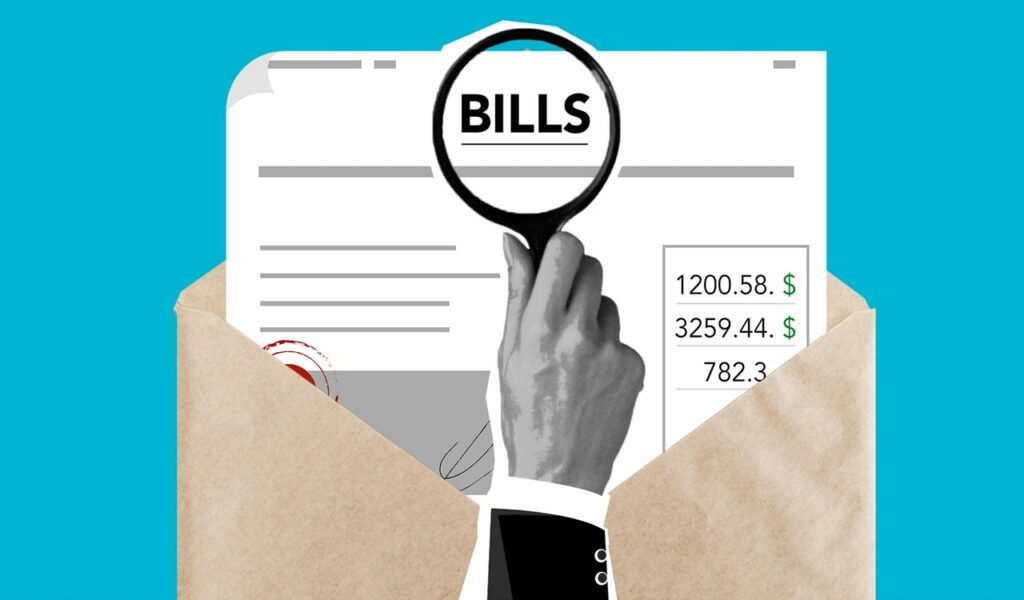If you’re into any business, you must have heard about invoice financing as the term is quite familiar with a significant role to play. In this article, we will try to discuss everything you need to know about it to create your small business plan.
What is Invoice Financing?
Invoice financing is a way for businesses to borrow money or avail advances against outstanding invoices from their customers. It helps business people to maintain cash flow so that they can pay employees and suppliers. Invoice financing is also known as ‘accounts receivable financing’ or ‘receivables financing.’
When businesses sell goods or services to wholesalers or retailers, they usually don’t do it on cash but credit. This means that the customers do not have to immediately pay for the goods and get an invoice with the total amount due to the bill’s due date. To cover this cash flow gap, businesses opt to finance their invoices. When you’re maintaining your invoices, you should ensure that you are following the right invoice guidelines.
We can also call invoice financing short-term borrowing to meet short-term liquidity and grow business operations. As far as the structure of Invoice financing is concerned, it can be structured in several ways. It can be done via either invoice factoring or invoice discounting, and they both work differently.
How Does Invoice Financing Works?

Photo by Campaign Creators on Unsplash
When businesses sell their good and services to their customer based on credits, it generates an invoice that is payable within 30-90-120 days. Here’s how it works
- As a seller, you sell goods or services to a customer based on credits, which means that the buyer doesn’t have to pay anything immediately.
- When you sell goods or services on credit, you issue an invoice to the buyer with a due date.
- Depending on the type of invoice finance, you choose to either carry out payment chasing as normal or take help from the invoice finance provider.
- When you cannot wait for that many days or the due is over, you can also choose to sell the invoice to the financing company or an investor.
- When the buyer finalizes the payment, the invoice’s balance is remitted back to you as a seller minus any services fee.
As you can see, invoice financing is a simple process that allows businesses to maintain the cash flow required for smooth operations.
Different Types of Invoice Financing
There are mainly two invoice financing types that you can choose from Invoice Factoring and Invoice Discounting. Though both types operate with the same principles, their structure is a bit different.
Invoice Factoring

Photo by Gabby K from Pexels
Also known as debt factoring, it enables businesses to avail capital or cash by selling their unpaid invoices to a service provider or finance company, or investor. It is a type of short-term accounts receivables financing that is beneficial when there is a long wait to get the payment from the buyer.
Most deals in this type of invoice financing factors advance businesses between 60 and 80 percent of the invoice value. You give the responsibility to the third party and get your cash while the factor gets the job done for you.
The Pros of Factoring
- You can focus on your business operations as the finance company will look after your finance invoices.
- It helps you get your money back on time as the finance company helps negotiate better terms with your buyers.
The Cons of Factoring
- Some customers don’t prefer dealing with third parties but the business directly.
- In some cases, the presence of factors may impact the impression your buyers have.
- Third-party services do come with a cost.
Invoice Discounting
A form of short-term borrowing against your outstanding invoices, invoice discounting is used to improve the cash flow and working capital. You don’t provide responsibility to any third party but manage everything on your own. You take care of your sales ledger and invoice chasing with no lender involved.
In this type of invoicing, the business has total control of the sales ledger as it is committed to processing and collecting the outstanding amount from customers. Also, the customers have no idea that the unpaid invoices are being utilized to raise funds.
The Pros of Discounting
- The customers have no idea that you’re borrowing against their invoices, which improves confidence.
- You are in full control over your credit control and debt collection, which helps maintain good relationships with your customers.
- It is cheaper than factoring as you don’t have to pay any service fee.
The Cons of Discounting
- You will need to put effort making and establishing credit collection as you are the one who is in full control.
- You may end up wasting too much time on collecting invoices, which may impact your sales and operations.
Benefits of Invoice Finance for Business Owners

Image by Shutterbug75 from Pixabay
The success of a business is often determined by the fact that how it manages the cash flow and deal with customers. Maintaining healthy cash flow can be challenging without proper attention, and it is essential for smooth operations. A sufficient cash flow ensures that your business will keep growing. This is where invoice finance helps bridge the gap between your sales and the time payment is received.
There are several benefits that invoice finance offers, and we’ve discussed some of the major ones
1. An Immediate Access to Cash
While traditional ways of collecting cash may end up needing a loan, invoice finance speeds up access to the money. It does not require long-term contracts means you are in better control over your cash flow.
2. No Fixed-Term Repayments
When you take services from a third party to collect your payments, you don’t have to pay anything until the original invoices are settled. This is great for cash flow as there are no interest payments.
3. Better Cash Flow Means Smooth Operations
Liquidity is extremely imperative for smooth business operations and also if you are planning to expand. You can put your hands on big projects when you have enough cash in your hand.
4. Better Control Over Cash Flow
With invoice financing, you can choose how much cash you want and access those funds as and when required. You can also take help from finance companies to recover funds.
5. No Paperwork Involved
When the entire world is going tech-savvy, you don’t have to do much paperwork. Also, you can apply for invoice finance in hours as you can connect to providers online.
6. No Late Payments and Bad Debts
Late payments from customers may ruin your entire planning for business growth. Invoice financing helps you deal with customers who are likely to make late payments and recover cash on time.
7. You Do What You Want
After you opt for invoice financing, you can accept new opportunities and have well-managed payroll. Also, it helps you buy more inventory and invest better in training your staff.
In a nutshell, invoice financing helps you meet the growing demand for your business as it is the only source of financing that keeps your business up and running. Furthermore, you can focus on things you want and boost revenues.
The Next Steps
When you opt for invoice financing, you stop passing up opportunities just because you don’t have enough cash. With the flexibility of invoice finance, you can recover the time you waste in chasing payments and maintain a healthy cash flow. You can have the working capital to expand your business, and the best thing is that no new debt.
The good news is that invoice financing is available to all types of businesses, whether small, medium, or large. Even small businesses or start-ups that have less-than-perfect credit records can use invoice financing as a viable option.
Invoice financing is a fast and flexible form of funding that every business needs for smooth functioning and growth. However, it is not the only form of financing that is available. You can look at all options and decide what suits you the best.
The best way to make sure you choose the right funding option is by considering consulting expert advice.



